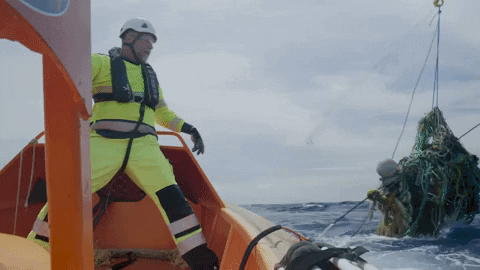Using Numerical Model Simulations to Improve the Understanding of Micro-plastic Distribution and Pathways in the Marine Environment
Article in peer reviewed journal
January 2017, Frontiers Marine Sciences
Abstract
Numerical modelling is one of the key tools with which we can gain insight into the distribution of marine litter, especially micro-plastics. Over the past decade, a series of numerical simulations have been constructed that specifically target floating marine litter, based on ocean models of various complexity. Some of these models include the effects of currents, waves and wind as well as a series of processes that impact how particles interact with ocean currents, including fragmentation and degradation. Here, we give an overview of these models, including their spatial and temporal resolution, limitations, availability, and what we have learned from them. Then we focus on floating marine micro-plastics (<5mm diameter) and we make recommendations for experimental research efforts that can improve the skill of the models by increasing our understanding of the processes that govern the dispersion of marine litter. In addition, we highlight the importance of knowing accurately the sources or entry points of marine plastic debris, including potential sources that have not been incorporated in previous studies (e.g. atmospheric contributions). Finally, we identify information gaps and priority work areas for research. We also highlight the need for appreciating and acknowledging the uncertainty that persists regarding the movement, transportation and accumulation of anthropogenic litter in the marine environment.
